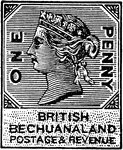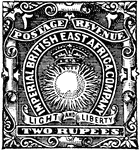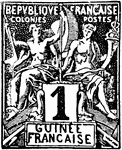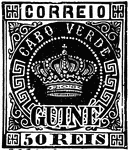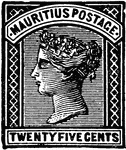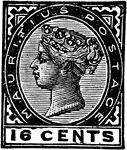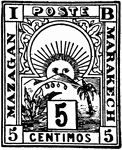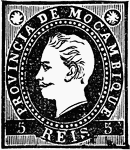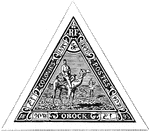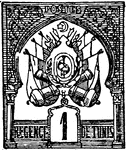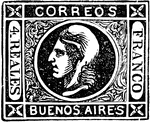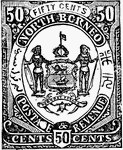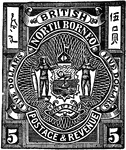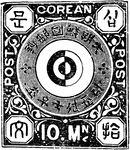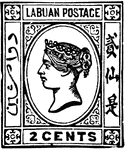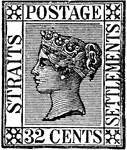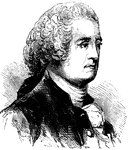
Governor John Rutledge
(1739-1800) A lawyer and a judge, Rutledge was a delegate to the Stamp Act Congress and the Continental…
!["The Plantation Police, or Patrol, was an institution peculiar to the Slave States. It was a semi-military organization, raised and supported by the planters, but recognized by the old State authorities. Their principal duty was to visit the various plantations and patrol the roads at night, arresting all [African Americans] and others not having proper passes. The war, the President's proclomation, and the actual possession of most of the State of Louisiana by the Federal authorities, rendered these patrols doubly rigorous. Some of the [African Americans] submitted reluctantly. The [African American] in the foreground is a speciman of this class. He seems to yield to the superior force of a tottering power, satisfied that his day is at hand; others show the obsequious, submissive stamp- the [African American] satisfied with his lot if he is clothed and fed."— Frank Leslie, 1896](https://etc.usf.edu/clipart/11600/11643/plant-police_11643_mth.gif)
Plantation Police
"The Plantation Police, or Patrol, was an institution peculiar to the Slave States. It was a semi-military…

Burning Stamps
"Burning the Stamps in New York, during the opposition of the Stamp Act in 1764."—E. Benjamin Andrews,…
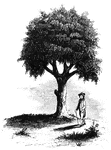
Liberty Tree
"Liberty Tree. I am indebted to the Hon. David Sears, of Boston, for this sketch of the 'Liberty Tree,'…
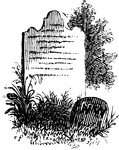
Woodhull's Grave
"Woodhull's Grave. Nathaniel Woodhull was born at Mastic, Long Island, December 30, 1722. Agriculture…
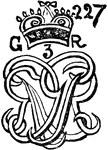
Stamp Act
"Stamp from the Stamp Act. The first direct issue of importance between the colonies and England came…

Stamp Act
"Stamp from the Stamp Act. The first direct issue of importance between the colonies and England came…
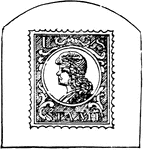
Stamp
A stamped or printed device issued by the government, and required by law to be affixed to letters or…

Punch
A tool in which the wood working end is pointed, blunt, and a continuous edge enclosing an area, or…

Type
A piece of wood or metal to stamp a letter or character. "(1) the body, (2) the face, (3) the shoulder,…

Diego Suarez 1 C Stamp, 1890
Diego Suarez Stamp (1 C) from 1890. Diego-Suárez is a city at the northern tip of Madagascar in Antsiranana…

Diego Suarez 5 C Stamp, 1890
Diego Suarez Stamp (5 C) from 1890. Diego-Suárez is a city at the northern tip of Madagascar in Antsiranana…
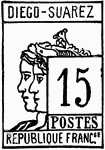
Diego Suarez 15 C Stamp, 1890
Diego Suarez Stamp (15 C) from 1890. Diego-Suárez is a city at the northern tip of Madagascar in Antsiranana…

Diego Suarez 25 C Stamp, 1890
Diego Suarez Stamp (25 C) from 1890. Diego-Suárez is a city at the northern tip of Madagascar in Antsiranana…
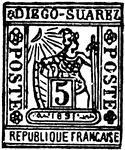
Diego Suarez 5 C Stamp, 1891
Diego Suarez Stamp (5 C) from 1891. Diego-Suárez is a city at the northern tip of Madagascar in Antsiranana…
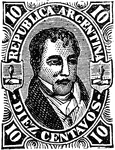
Argentine Republic Diez Centavos Stamp, 1867-1873
Argentine Republic Stamp (10 centavos) from 1867-1873

Argentine Republic Dos Centavos Stamp, 1877-1880
Argentine Republic Stamp (2 centavos) from 1877-1880
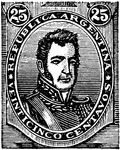
Argentine Republic Veinticinco Centavos Stamp, 1877-1880
Argentine Republic Stamp (25 centavos) from 1877-1880
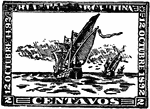
Argentine Republic 2 Centavos Centenary Stamp, 1892
Argentine Republic Centenary Stamp (2 centavos) from 1892 - October 12, 1892

Argentine Republic 40 Centavos Telegraph Stamp, 1890
Argentine Republic Telegraph Stamp (40 centavos) from 1890
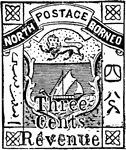
British North Borneo Revenue Stamp Three Cents, 1886
British North Borneo Revenue Stamp (3 cents) from 1886



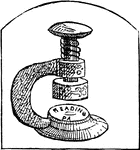



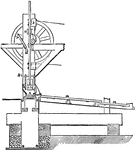
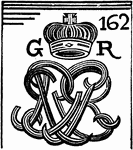
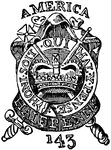
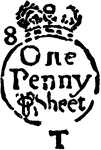
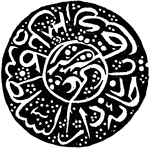
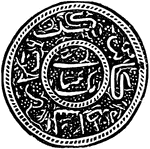
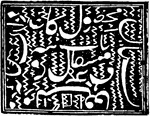

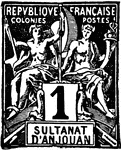
![Benin Stamp (15 [40] C) from 1892](https://etc.usf.edu/clipart/45500/45595/45595_s_benin_1892_mth.gif)
